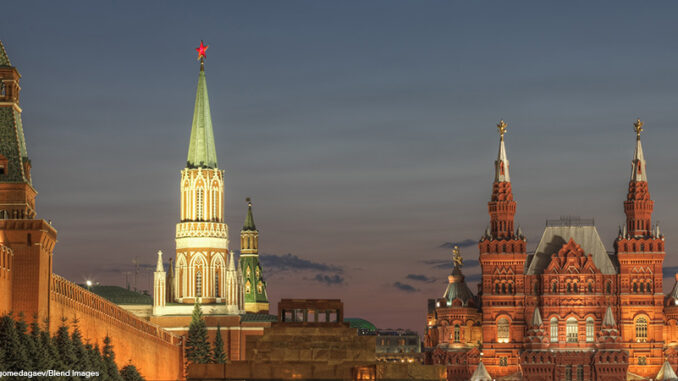
Putin Remains Russian President
It’s 2020, and even when faced with a public health crisis, the United States is fully in election mode as we gear up for the November general election. While election season can definitely be stressful, is it better if the same leader stays in power indefinitely? This is now the situation in Russia, where President Vladimir Putin’s rule has just been extended until 2036.
This happened by the vote of lawmakers in Russia’s legislative body, known as the Duma. The vote to extend the term limits of the president passed 383 to 0, with 43 people abstaining. Why would legislators vote to do such a thing? According to Putin, it was because people have had enough political change and upheaval and want to keep things the same. He also pointed out that in times of economic hardship and uncertainty–which Russia is currently facing–a country often wants to maintain consistent leadership, such as when President Franklin Delano Roosevelt led the United States for four terms (rather than two) after the Great Depression and the start of World War II.
While the move isn’t surprising to political analysts around the world, it does lead many to call into question the possibility that there could ever be real democracy in Russia while Putin remains in power. If he serves until 2036, he will have been in office for more than 36 years.
Dig Deeper Only one Russian leader in modern times has served longer than Vladimir Putin so far. Who was it, and what were the years of his or her term?
SCOTUS Defends Controversial Immigration Policy
The coronavirus outbreak will likely affect international travel and immigration for some time to come. But before it hit North America, the U.S. Supreme Court made a very serious decision regarding immigration that most experts consider to be a huge “win” for Trump’s White House. It has to do with Trump’s highly controversial “Remain in Mexico” policy.
Under past administrations, people seeking asylum in the United States would remain here in the U.S. while their case was considered in federal court. Most were later deported. But under Trump’s “Remain in Mexico” policy, refugees now have to stay in Mexico while their cases are being considered. This is true whether the refugee is from Mexico or not.
The biggest problem with the policy–which is officially called the Migrant Protection Protocols, or MPP–is that the refugees are forced to live for months in unsanitary and unsafe camps while their cases are decided in federal courts. At the moment, about 60,000 people have been sent back across the border to live in dangerous conditions in northern Mexico. But last week, the Supreme Court overruled a lower court which had temporarily blocked the policy, saying that it was against federal law–which means that the program will be allowed to continue.
Those who approve of SCOTUS’s decision say that reversing the “Remain in Mexico” policy would have caused a huge influx of migrants to flood the U.S. southern border. But those who are against the policy say that it violates international law, which states that governments can’t return people to places where they will be tortured or harmed.
What Do You Think?: Do you agree or disagree with the “Remain in Mexico” policy? Why? As always, please remember to be respectful with your response.
Afghanistan to Release Taliban Prisoners

In stressful times like the ones we currently face, it can be helpful to look around the world for stories of hope. One such story comes from the Middle East, where the leadership of Afghanistan is in the process of entering into peace talks with the Taliban. Initially, Afghan President Ashraf Ghani refused to release any Taliban prisoners, despite the fact that the Taliban has already pledged to release up to 1,000 Afghan prisoners. But last week he relented, agreeing to release 5,000 captured Taliban fighters. According to Ghani, the first 1,500 will be freed at a rate of 100 per day starting immediately. After that, 500 will be released every two weeks. But Ghani was also clear that this will only happen if the Taliban stops committing violent terrorist attacks on the Afghan people.
Meanwhile, at the end of February, the United States and the Taliban signed their own peace deal. It indicated that the U.S. would withdraw all troops from Afghanistan within fourteen months; and also called for the Taliban and the Afghan government to engage in a “prisoner swap.”
Not everyone is happy about these developments. Some are concerned that freed Taliban prisoners will go right back to fighting again. To this end, the Afghan government says it won’t release them until they have sworn a written statement that they will not return to fight. Several United States representatives in Congress have also expressed concern. They say that it isn’t right to free Taliban prisoners as long as the Taliban holds American prisoners, most recently Mark Frerichs, a 57-year-old government contractor from Illinois who was taken prisoner in late January and has not yet been released.
